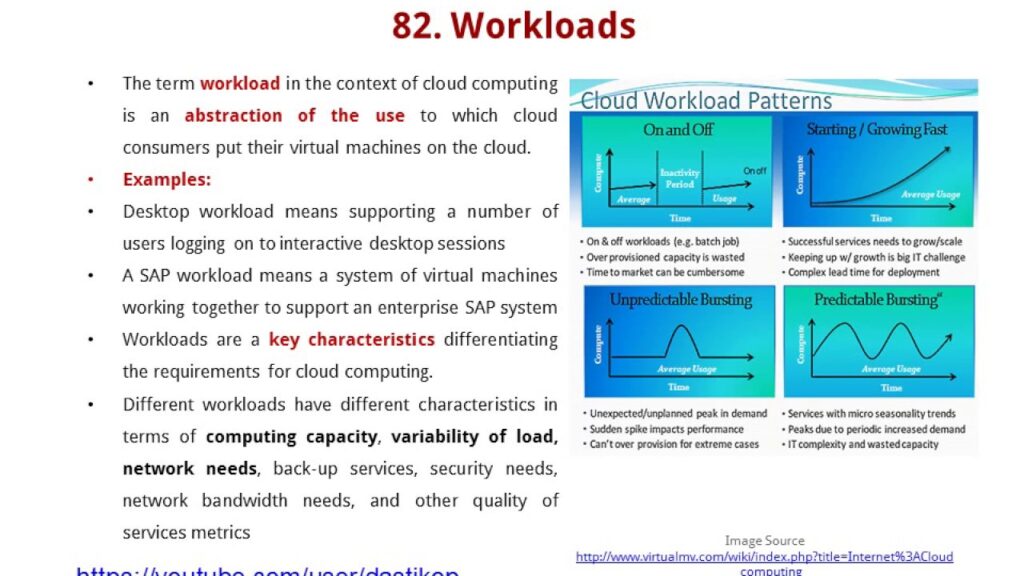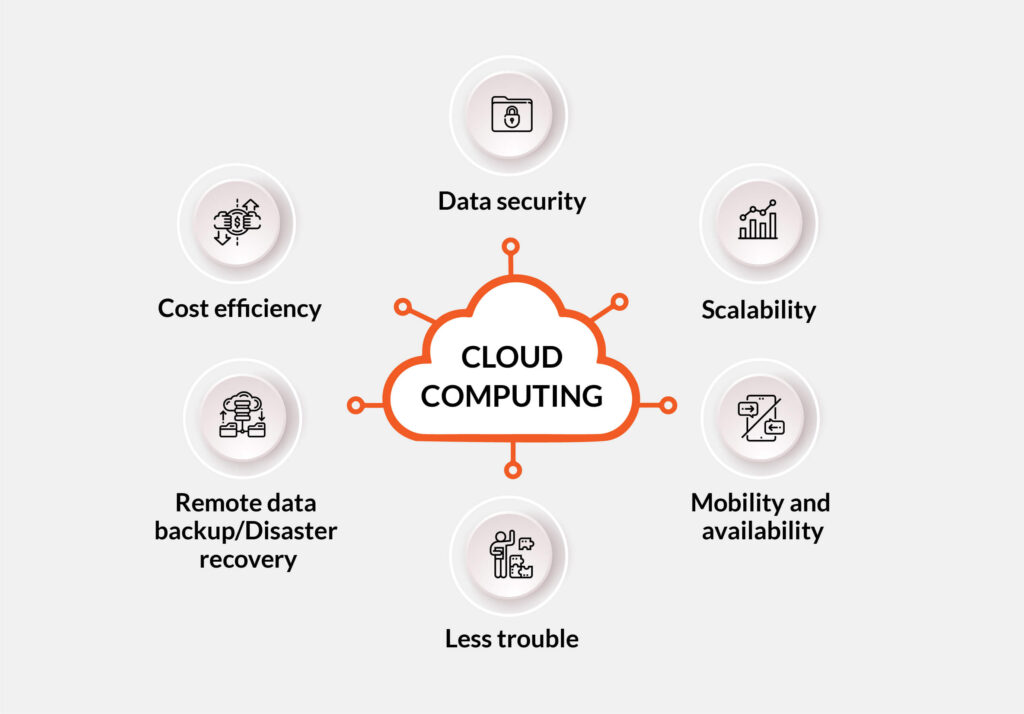Cloud Governance: Managing Cloud Costs and Risks
Organizations are increasingly relying on public cloud infrastructure, making a comprehensive cloud governance strategy and plan essential. Cloud governance practices not only help manage costs but also decrease risks, increase efficiency, and ensure compliance.
Building a Strong Cloud Governance Model
Establishing a robust cloud governance model is crucial for organizations looking to optimize their cloud environment. This model provides oversight and control across the entire cloud infrastructure, ensuring alignment with the company’s strategic objectives. A comprehensive governance framework typically includes several key components:
Workload Management
Effective workload management is at the core of cloud governance. It is crucial for businesses to profile their workloads and utilize company resources efficiently by understanding the types of workloads involved. Workloads are often categorized based on importance, with resources allocated proportionally to mission-critical tasks. Constant profiling and categorization of workloads lead to more effective resource utilization and advanced decision-making in cloud resource allocation.
Access Control
Access control is a critical element for successful cloud operations. Strict access policies determine who can deploy, modify, and access public cloud resources, ensuring that every cloud user has defined roles and responsibilities. Developing access guidelines prevents unauthorized access and streamlines access for authorized users, making cloud operations more efficient and secure.
Compliance and Security
Ensuring compliance with industry standards such as GDPR, HIPAA, and SOX is essential for organizations using public cloud services. A good governance model implements compliance checks and security standards to protect sensitive information and meet legal requirements. Addressing legal compliance challenges and adopting relevant security measures ensures organizations are legitimate users of cloud services.
Cost Control and Resource Optimization
Effective cloud governance is closely linked to cost control and resource management. Organizations should monitor and report on consumption activities and cloud service usage to identify inefficiencies and adjust based on proactive governance. This approach allows organizations to optimize expenses, save on resources, and maintain financial discipline.
Strategic Benefits of Cloud Governance
A well-structured cloud governance framework offers strategic benefits such as cost reductions, improved resource utilization, and operational efficiency. Integrating governance into cloud strategy drives accountability, aligns operations with business objectives, and creates a framework for continuous improvement.
Investing in cloud governance is essential for maintaining control, reducing risks, and ensuring sustainable success in the digital landscape. Evaluating and strengthening cloud governance frameworks can lead to substantial savings and operational efficiencies for organizations.
If you want to learn more, you can access the full Akamai whitepaper here.
Tags: cloud, Public Cloud



